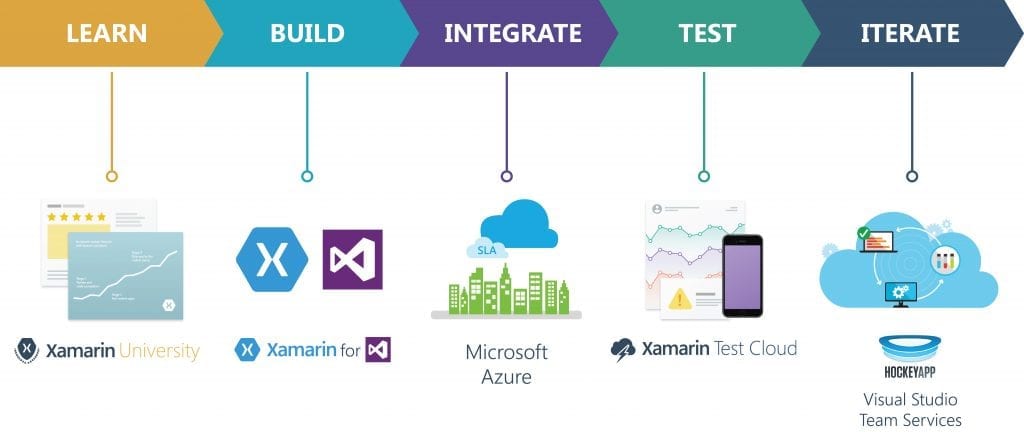Fire App Fights Wildfires with Data
Every second counts when combating a wildfire. Time lost can result in devastating loss of life or property. The University of the Aegean in Greece developed the VENUS-C Fire app—featuring Bing Maps, Microsoft Silverlight, and Windows Azure—to calculate and visualize the risk of wildfire ignition and to simulate fire propagation in the Greek island of Lesvos during its dry season. The university team generates a visualization of environmental factors each morning for the island’s fire management team, who then use the app to determine optimal resource allocation across the island for the day.
The fire app
The Fire app wildfire management software was designed by the Geography of Natural Disasters Laboratory at the University of the Aegean in Greece in 2011. Earlier, Microsoft Research partnered with the lab during the development phase, providing IT expertise, high-performance computing resources, and cloud computing infrastructure.
The app was built with functionality from multiple resources, giving it both technological depth and a visual interface that is accessible to non-technical users. "[The Fire app] nicely integrates Bing Maps, Microsoft Silverlight, and Windows Azure in a single system that allows users to be able to see the big picture of an emerging fire or the potential of an emerging fire," observes Dennis Gannon, director of Cloud Research Strategy for Microsoft Research Connections.
All of the Fire app data is stored in the cloud via Windows Azure. "You need a large cloud infrastructure such as Windows Azure to be able to bring these sources together," Gannon explains." The use of massive data analytics and machine learning is now the new frontier in many areas of science."
"With the cloud computing infrastructure, we were able to do business as we couldn’t do in the past," states Dr. Kostas Kalabokidis, associate professor, University of the Aegean. "[Windows Azure] is essential for us, because the cloud provides us with the necessary processing power and storage that is required. That means the real end users for the fire department do not need to have any huge processing power or storage capabilities locally."
Tracking risk factors daily
There are two distinct sets of users accessing Fire app daily during the dry season: the lab team, which loads new information into the tool in the morning; and the emergency responders, including the fire service, fire departments, and civil protection agencies that address wildfires on the island of Lesvos. They use the tool to view the data in a refined, graphical view. The process starts with the forecast.
"Every morning, our systems ask the Windows Azure cloud to provide approximately 20 virtual machines in order to process the available weather data," explains Dr. Christos Vasilakos, research associate, University of the Aegean. "It then stores the fire-risk outputs that the user needs to see and make the proper call. From the fire-risk menu, the end user can see for the next 120 hours or five days what will be the fire ignition risk for our study area." Additional information, including an animation of the weather for the next 120 hours, also can be accessed through the same menu.
The information is updated in the morning. The Fire Brigade of Greece uses the fire-risk data and fire simulations, together with weather forecast information, to inform the day's resource allocations. Based on the Fire app projections, personnel and fire trucks may be deployed throughout the island to areas that appear to be at particular risk that day.
The simulator also provides crucial information during fires. The firefighters who aren't dispatched to the fire use the Fire app at the station to create a wildfire simulation for the blaze. The team begins with the ignition point and pulls in other critical data to determine the fire’s potential path.
Fighting fire in the cloud
Cloud computing and storage are not merely integral to the Fire app; they are enabling significant advances throughout the research world.
"The data tsunami is changing everything in science. Every discipline is now confronted with it—a vast exploration of data that comes from instruments, from online sources, from the web, from social media," observes Gannon. "Analyzing this data can’t be done on a PC." Cloud computing, and the processing power that accompanies it, has made it possible for researchers to reduce processing job times from months to just hours.
Kypriotellis believes it has made a difference on the island. While wildfires do still break out, statistical evidence shows the department has been better prepared to respond to and control fires, preventing potential loss of life and property. He is hopeful that, one day, other firefighters will be able to add the tool to their arsenal as well.
Continued Reading

June 10, 2016
The next phase of Microsoft Academic: intelligent bots at your service!
[vc_row][vc_column][vc_column_text] The next phase of Microsoft Academic: intelligent bots at […]
LEARN MOREinthetechknow

June 11, 2016
The future of mobile app development
The future of mobile app development By Nat Friedman as […]
LEARN MORECloud Services Page


